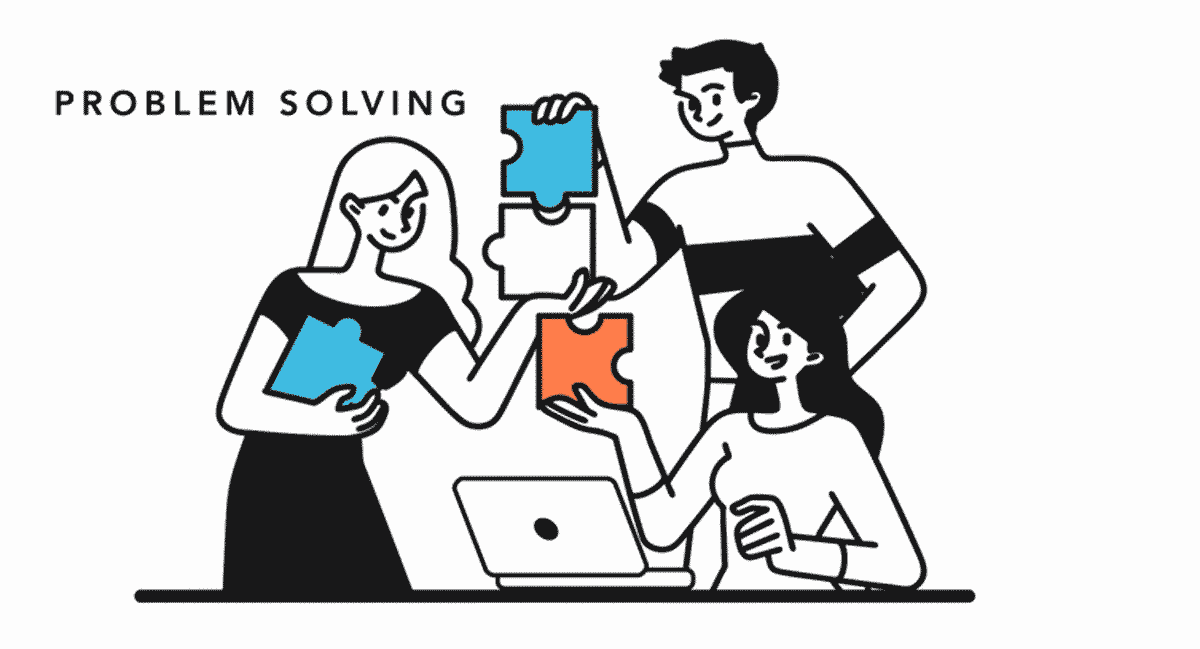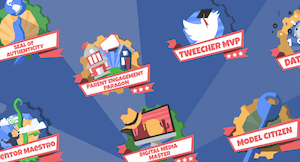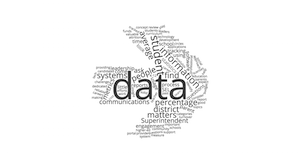So many employers are willing to train the "right" person, but what exactly does that mean?
The truth is, when chasing success in STEM fields, the technical skills needed to excel are often easily taught on the job or in formal degree and credential programs. What’s not so easy to come by are the skills that make an individual a strong contributor to a team.
Although the accumulation of knowledge is the cornerstone of education, district leaders are also keen to graduate productive workers. One way to ensure that is to help students develop the harder-to-calculate skills that produce a well-rounded person who is a joy to hire and work alongside.
Enter the soft skills essential to STEM success.
Collaboration
Sure, coding is, on paper, a solo, indoor sport. In practice, teams of programmers work together to produce amazing software, websites, applications, and other solutions. When someone stubbornly remains cloistered, it can throw a real wrench into the well-oiled machine.Mastering the art of collaboration definitely hinges on practice. District teams can both encourage educators to provide opportunities for students to work in diverse groups and model effective collaboration in their own teams. Let students in on the planning and preparation that goes into creating a strong school culture. Invite them to sit in cross-functional team meetings when appropriate. It can be eye-opening for kids to break out of their own cliques and realize there is life outside of their own feeds, algorithms, and friend groups.
Self-motivation
Some students need a checklist of daily tasks to keep on track, and that’s just fine. However, breaking out of the sit-n-get model of learning helps students gain agency and self-motivation to do what needs to be done without being told.This helps a lot to ease the shock of learning the post-graduation world does not come with a checklist of things to do, but rather an infinite array of paths to success. It’s also a stellar bullet point on a resume and a one-way ticket to growth and promotions. Sure, a company can train you to program SQL if needed, but they will have a much harder time training someone to run after the next big challenge no one saw coming, just for the satisfaction of solving it.
Resetting from interruptions
If we stick with the classic STEM example of computer programming, odds are an image of a programmer sequestered in deep concentration pops into the frame, brow furrowed. In a perfect world that might be the case, but in reality, even the most talented programmer will encounter a whole host of distractions and interruptions.Meetings, administrative tasks, bugs in the software—something will come along to derail the day’s plans. Encourage your STEM students to not only master those technical skills but also the capability to field interruptions and reset back into the flow of creation without losing motivation.
Multitasking
Hand-in-hand with this ability to reset could be the ability to multitask. Key word: could.Multitasking doesn’t truly exist—instead, our brain is jumping quickly from task to task. This causes a significant amount of stress and should not be considered a way of life. However, preparing students for the reality of balancing work and life means there are moments when multitasking is the quickest means to an end. Like any tool, it has a time and place.
Help students to achieve the flexibility of thinking to realize when multitasking is possible and enriching. This Forbes article makes the case for doubling-up commute time with exercise, audiobooks, even gratitude practice.
It’s worth noting as well that some folks’ brains just naturally gravitate toward jumping from task to task in quick succession. Rather than working hard to stamp that out, see if that superpower might come in handy.
Fluency in multiple languages or fields
As a person achieves fluency in a language or subject, the neuropathways in their brain have developed to the point that the answer comes to them immediately—for example, we memorize certain math facts to achieve automaticity and free up working neurons for more complex math.This works in STEM fields, too.
Students can be strategic about which things they commit to memory. This could be components specific to a future field or learning the building blocks of a language, whether written or spoken, literacy or numeracy, for humans or for computers. The possibilities are endless, but the point is that students can prepare ahead of time to accomplish more in a shorter timeframe when they view skills as a strategy and means to an end.
STEM doesn’t mean students are literally limited to science, math, engineering, and technology. Rather, their interest in the subject matter sparks a promising career made even more productive by pairing relevant soft skills with technical knowledge. Set them on the right path to a great career by emphasizing these highly sought skills alongside the knowledge. Graduates will be forever grateful.
Follow-up resource: Getting more GEMs in STEM
How are things going for girls and gender minorities in STEM fields? Read about it in The Ups and Downs of Girls in STEM.WHAT'S NEXT FOR YOUR EDTECH? The right combo of tools & support retains staff and serves students better. We'd love to help. Visit skyward.com/get-started to learn more.

|
Erin Werra Blogger, Researcher, and Edvocate |
Erin Werra is a content writer and strategist at Skyward’s Advancing K12 blog. Her writing about K12 edtech, data, security, social-emotional learning, and leadership has appeared in THE Journal, District Administration, eSchool News, and more. She enjoys puzzling over details to make K12 edtech info accessible for all. Outside of edtech, she’s waxing poetic about motherhood, personality traits, and self-growth.





